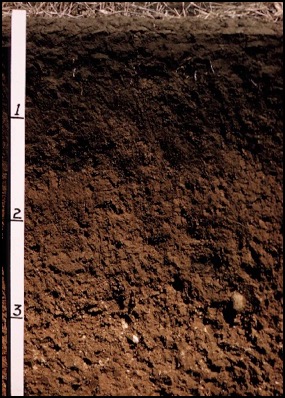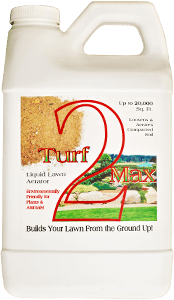First, let’s define what a soil horizon is: It is a layer in the soil, roughly parallel to the surface, and is different from other such layers. Together, the separate layers are referred to as the soil profile.
The major factors that influence the development of the soil profile are climate, parent material, topography, organisms and of course lots of time. The development of the soil profile into vertical layers vary according to the factors stated regarding soil development.
A typical soil horizon includes six different layers referred to as O (organic), A (mineral), E (mineral), B (mineral), C (mineral), and R (mineral). Thus there are 5 mineral layers and one organic layer.
Description of the Six Horizons

O Horizon
At the top of the soil profile is the organic layer that should contain > 20% organic matter by weight. This is composed of decomposed organic material that helps to maintain good soil structure and to provide nutrients. This layer improves the retention of soil moisture.
A Horizon
The A layer is generally found at the surface or below the O horizon in undisturbed soils. Generally A horizons have < 20% organic matter by weight, but usually contains most of the organic matter of all mineral horizons. This soil horizon is normally darker due to the organic matter. Leaching of both organic and inorganic matter including nutrients occurs in the A horizon by the infiltration of water.
E Horizon
The layer in which minerals, ions, or particles have leached out. Was formerly referred to as the A2 Horizon. An E Horizon will always be directly above the B Horizon.
B Horizon
A layer in which minerals, ions, or particles have accumulated or illuviated. The buildup of these materials forms a dense layer. In areas with low rainfall, the B Horizon is typically located closer to the surface. This can be problematic in alkaline soils because the formation of calcium carbonate can occur near the surface, significantly reducing soil productivity.
C Horizon
A mineral layer that is little changed from the original parent material. The C Horizon typically resembles the E Horizon.
R Horizon
A mineral layer of bedrock. Designation not included if this layer is deeper than six feet.

